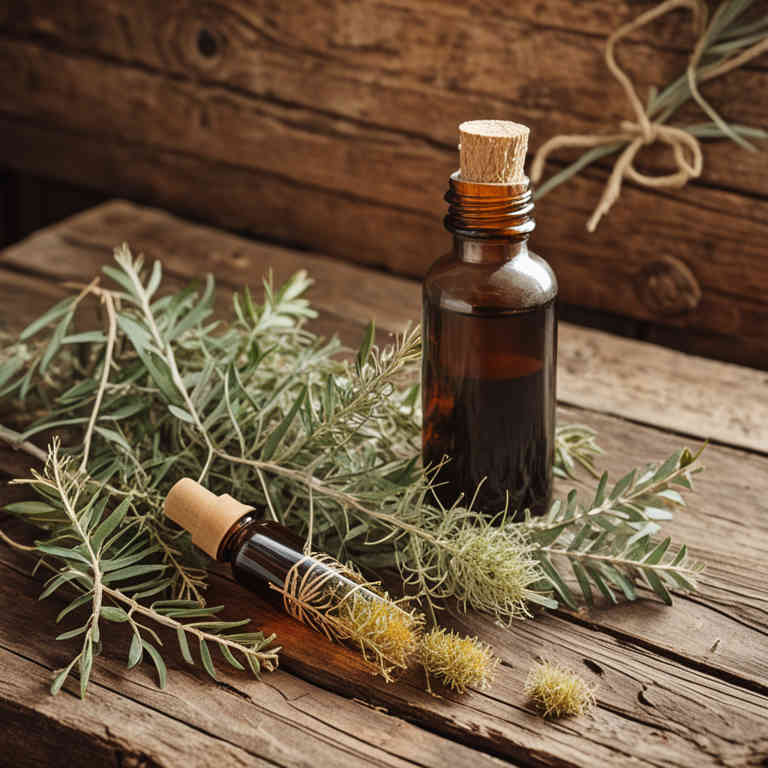Melaleuca alternifolia tincture for medicinal use

Melaleuca alternifolia tincture is a concentrated liquid preparation made from the leaves of the tea tree, which is native to Australia.
It is commonly used in herbalism for its antimicrobial and antifungal properties. The tincture is often applied topically to treat skin infections, wounds, and inflammatory conditions. It may also be used internally in diluted form to support respiratory health.
Due to its potency, it is typically used under the guidance of a qualified herbalist or healthcare professional.
Uses
Melaleuca alternifolia tincture has been used to treat a variety of ailments for centuries, particularly in the regions of Australia where the plant is native.
Historically, Indigenous Australians utilized the leaves of the tea tree for their antiseptic properties, applying them to wounds and infections. Traditionally, the tincture was also used to alleviate symptoms of colds, coughs, and skin conditions. In modern times, it is widely recognized for its antimicrobial and anti-inflammatory effects, making it a popular remedy for minor cuts, burns, and respiratory issues.
Today, it is commonly used in alternative and complementary medicine, often as a natural disinfectant and immune support supplement.
Benefits
Melaleuca alternifolia tincture has health benefits such as antimicrobial, anti-inflammatory, and wound-healing properties.
It is commonly used to support respiratory health by alleviating symptoms of colds, coughs, and sinusitis. The tincture can also help reduce skin infections and promote faster healing of minor cuts and abrasions. Its essential oil content provides natural disinfectant qualities that may aid in boosting the immune system.
Additionally, it is often used in aromatherapy to relieve stress and improve mental clarity.
Constituents
Melaleuca alternifolia tincture active constituents include terpenes, flavonoids, and phenolic compounds, which contribute to its medicinal properties.
The primary active component is tea tree oil, derived from the leaves of the Melaleuca alternifolia plant. These constituents exhibit antimicrobial, antifungal, and anti-inflammatory effects, making the tincture useful for skin conditions and wound healing. It is commonly used in natural remedies for treating minor infections and promoting skin health.
The presence of these bioactive compounds supports its traditional and modern use in herbal medicine.
Preparation
To make Melaleuca alternifolia tincture, first gather high-quality Melaleuca alternifolia leaves, preferably from a trusted source.
Wash the leaves thoroughly and chop them into small pieces to increase surface area for extraction. Place the chopped leaves in a glass jar and cover them completely with a high-proof alcohol, such as 190-proof vodka or grain alcohol. Let the mixture steep in a dark, cool place for 4 to 6 weeks, shaking the jar occasionally to ensure even extraction.
After the steeping period, strain the liquid through a fine mesh strainer or cheesecloth to remove the plant material, and store the tincture in a dark glass bottle away from light.
Side Effects
Melaleuca alternifolia tincture may lead to gastrointestinal upset, including nausea, vomiting, and diarrhea, particularly when taken in high doses.
It can also cause allergic reactions in individuals sensitive to the plant, manifesting as skin rashes, itching, or more severe symptoms like anaphylaxis. Prolonged use may result in liver toxicity, as some studies suggest potential hepatotoxic effects. Additionally, it may interact with certain medications, such as blood thinners, increasing the risk of bleeding.
It is important to consult a healthcare provider before using this tincture, especially for prolonged periods or in combination with other treatments.